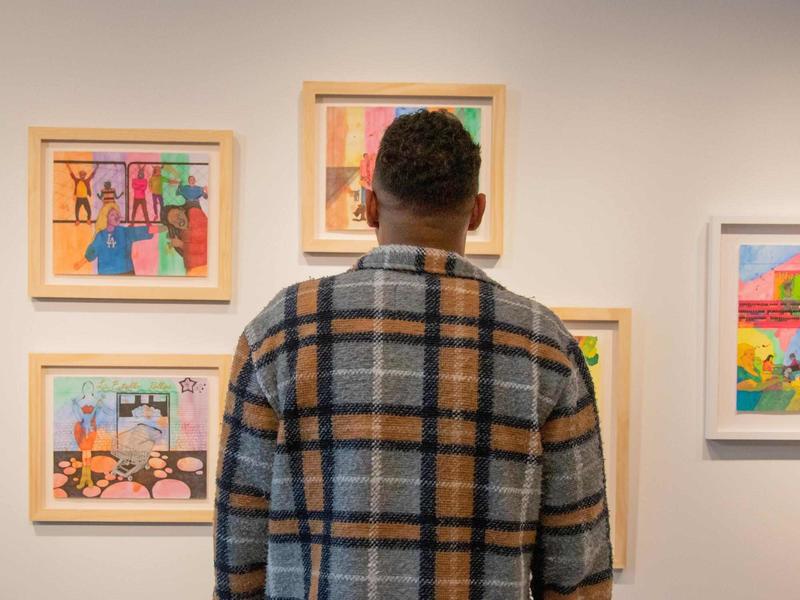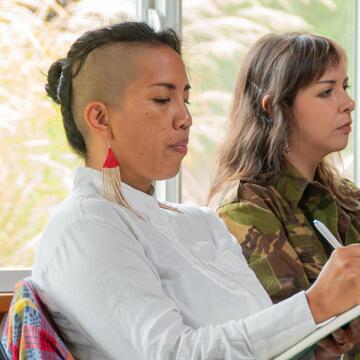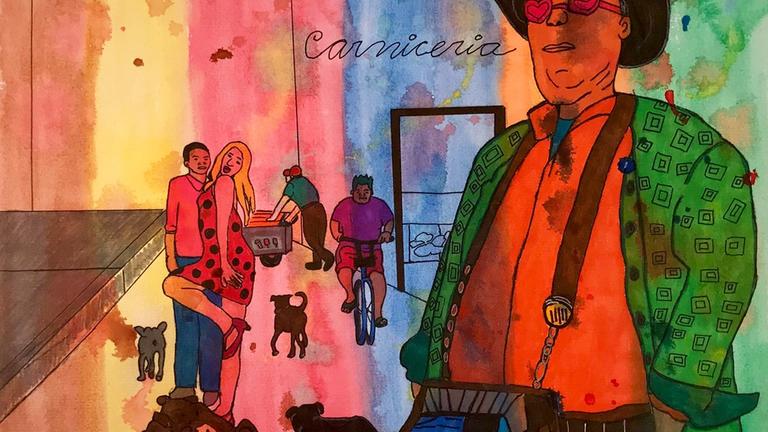

Exhibitions
See what we’re currently showing and what’s coming soon.
Image: Photo from Karla Diaz' exhibition While You Were Sleeping shown in the Desai | Matta Gallery (2022).


View Our Archive
We have been curating evocative exhibitions for a decade and a half.
Image: Zora J. Murff's Remaking the Mark exhibition in the Desai | Matta Gallery (2018).


